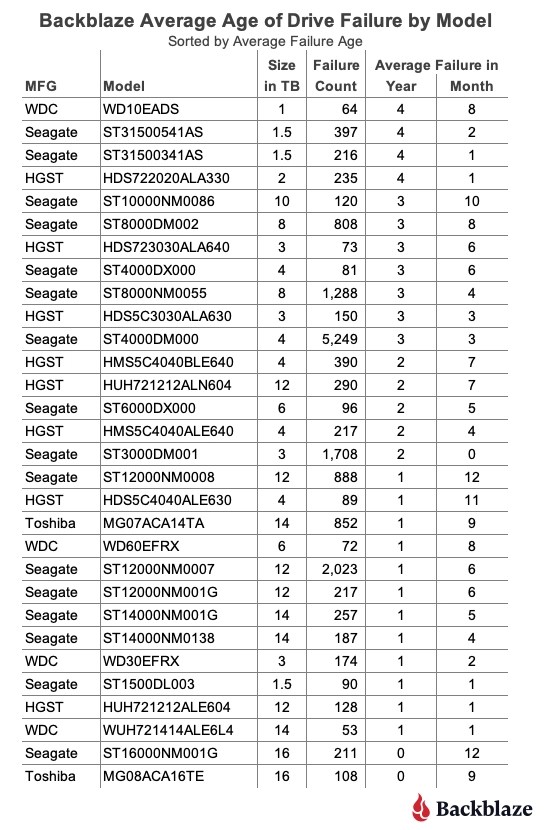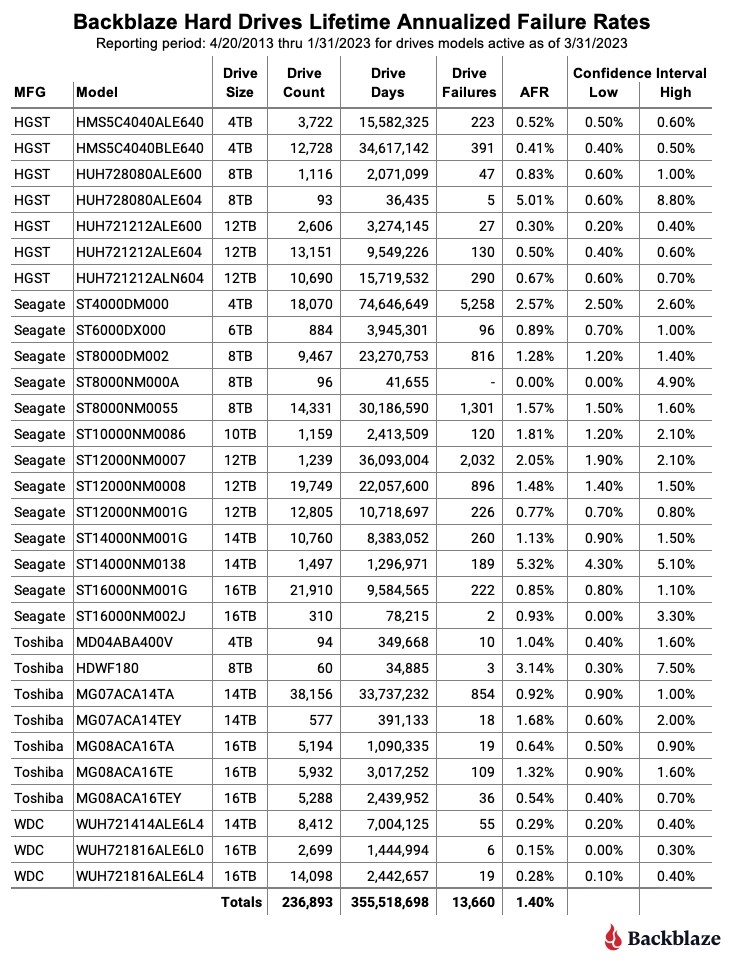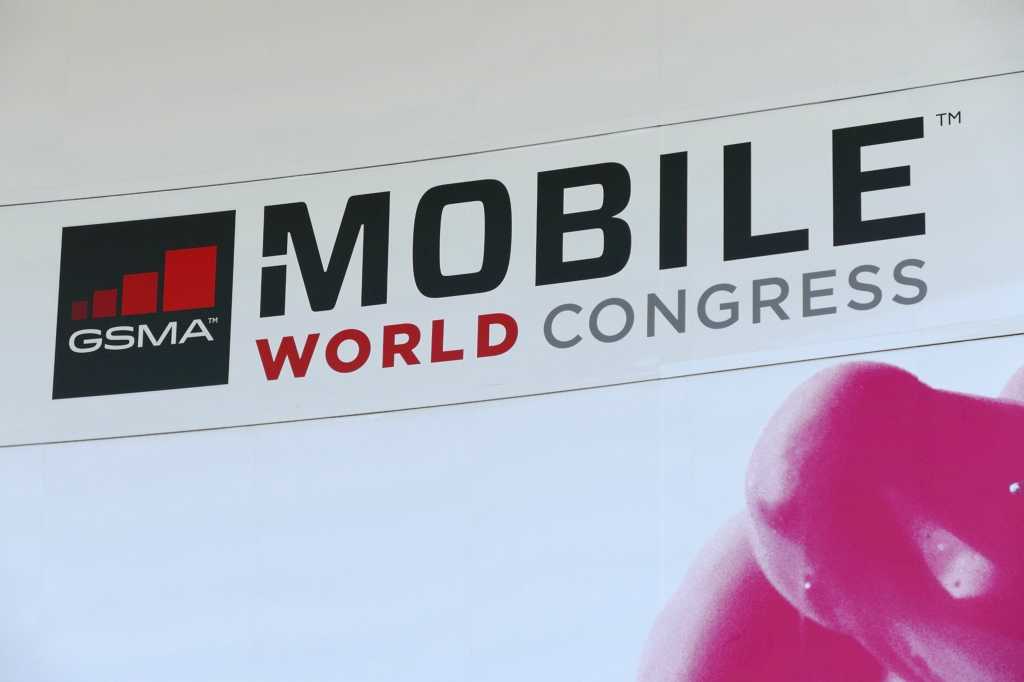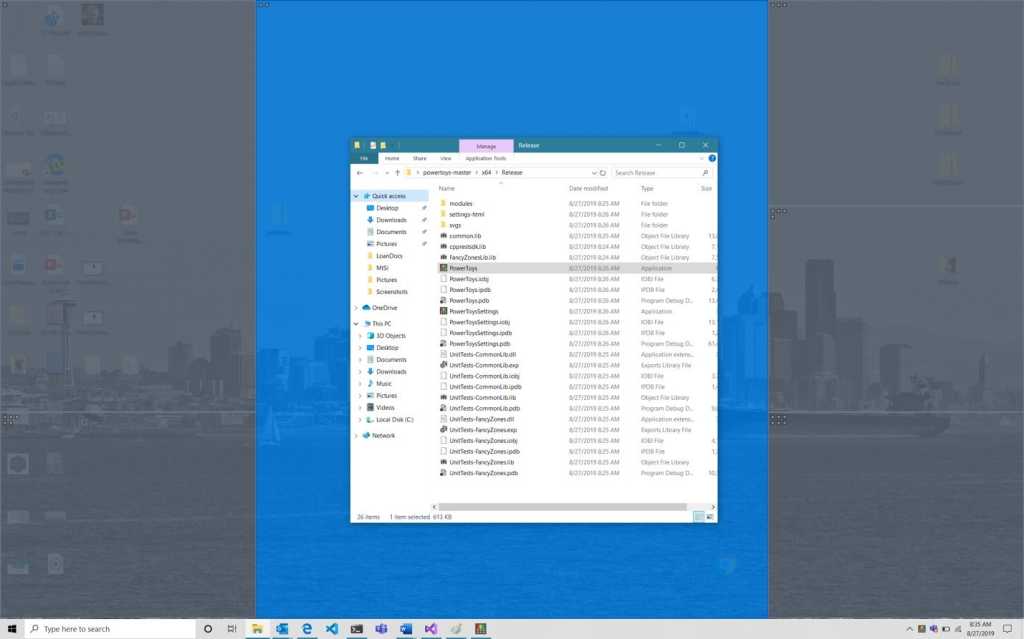Follow any tech site with regularity and you’ll hear the same refrain over and over—back up your files. The longer you wait, the more you flirt with disaster, and you don’t have as much time as you might think. In March, a Los Angeles storage recovery service revealed that on average, their clients’ failed hard drives died within the first three years of use. And now a study from Backblaze has corroborated that finding with much more data.
In the original report, Secure Data Recovery came to its discovery by cataloging the details of 2,007 faulty drives from six prominent manufacturers, with capacities ranging from 40GB to 10TB. Backblaze’s latest release of drive statistics (which the cloud storage and backup service publishes quarterly about the storage powering its data centers) paints a similar picture.
In fact, for the Q1 2023 info drop, the company purposely dug into its own data from the past ten years, after seeing the Secure Data Recovery info. Turns out that Backblaze’s 17,155 failed drives clocked an average age of two and half years—or a little bit less than the average of two years and 10 months in the SDR report. The longest-wearing drives survived for almost five years while the shortest lived bit the dust in less than a year.
Need to back up your files? If so, check out our roundup of the best Windows backup software available right now.

Backblaze
Backblaze also breaks out the dead drives by their model numbers and capacities, providing a deeper glimpse into individual drive reliability—sort of. The company cautions against making assumptions about capacity influencing potential lifespan, especially the data initially suggests that smaller drives last longer than larger ones. Backblaze’s data centers have completely retired lower capacity storage while the fate of some bigger models remains to be seen. But in case you were curious, the average age of Backblaze’s failed drives no longer in operation is…two years and seven months.
Backblaze just drove a stake into any assumptions that a bigger data pool would soften or disprove Secure Data Recovery’s results. If your drive is going to bite the dust, it’ll happen sooner than most people expect—though the chances of it happening aren’t as high as some people might fear. Backblaze found that of 236,893 drives and 30 different models, they had a 1.4 percent lifetime annualized failure rate (or general rate of failure within any given year of service since Backblaze began tracking this data). So the likelihood of your storage dying is pretty low, especially considering the drives in Backblaze’s data centers is being run much harder than in an average person’s computer.

Backblaze
Still, 1.4 percent of the millions of drives out in the world is still a big number and you won’t know if you fall into that unlucky group until your drive stops responding. And that’s a point that Secure Data Recovery stressed in its post, recommending the classic 3-2-1 approach. (See, tech journalists aren’t trying to scare you unnecessarily). That translates to three copies of your data on at least two different forms of media (e.g., two separate drives or one drive and the cloud), with one copy stored off-site.
Feeling overwhelmed by the idea of creating and maintaining that many copies of your data? It’s actually not much work if you use the right tools. Our guide walks you through the basics of setting up a backup system. We’ve also got suggestions for the best automated backup software, external hard drives, and cloud backup services. Remember, a drive having a short natural life isn’t the only reason to back up. You could end up on the wrong side of ransomware, your computer getting destroyed by an act of nature (or man), or someone making off with your PC.





